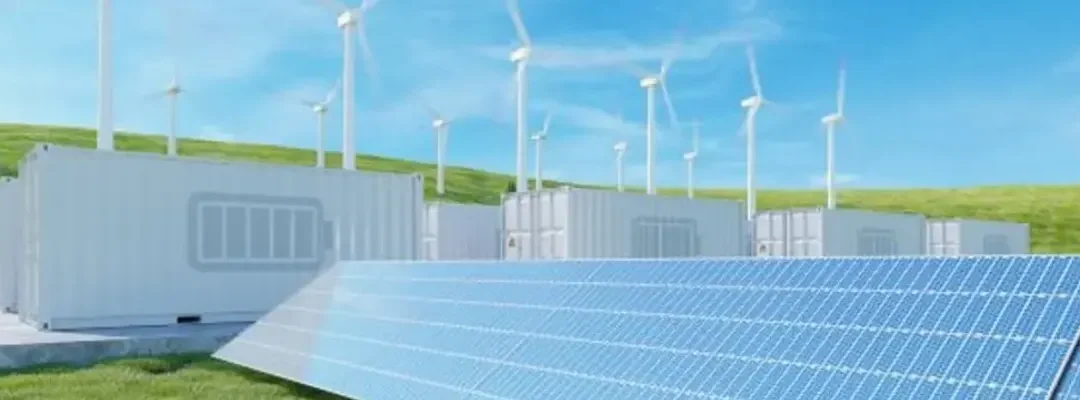Different hues of hydrogen: In order to have a fundamental understanding of hydrogen’s role as an energy carrier and the meanings behind its various names, two fundamental questions must be answered: What exactly is it and how is it made?
We could go into great detail about what hydrogen is, from its atomic weight to its intended application, but in order to comprehend the fundamentals, we must distinguish hydrogen as a carrier from an energy source. This indicates that it requires a primary energy source for production, such as gas, electricity, hydropower, nuclear power, or solar power, to name a few.
Furthermore, the specifics of the manufacturing procedure, as well as the energy source that it makes use of, decide whether hydrogen will be labelled as green or blue. Or, in fact, grey, pink, or yellow.
The process of splitting natural gas into hydrogen and carbon dioxide (CO2) via Steam Methane Reforming (SMR) or Auto Thermal Reforming (ATR), with the CO2 being captured and stored, is known as blue hydrogen. The planet’s environmental effects are lessened as the greenhouse gases are captured. Carbon Capture Usage and Storage, or CCUS, is the method by which the “capturing” occurs.
Green hydrogen: what is it?
Electrolysis is the process by which hydrogen is created by splitting water. This produces just hydrogen and oxygen. We won’t have any negative effects if we use hydrogen and release oxygen into the atmosphere.
We require power and electricity to perform electrolysis. Wind or solar power provide the power for this green hydrogen production process. This makes green hydrogen, which comes from renewable energy sources and does not produce CO2 as a by-product, the most environmentally friendly option.
How does grey hydrogen work?
For many years, grey hydrogen has been produced.S MR or ATR are used to split natural gas into hydrogen and carbon dioxide, which is the same process as blue hydrogen .However, the CO2 is released into the atmosphere without being captured.
How does pink hydrogen work?
Pink hydrogen is produced through electrolysis, like green hydrogen, but with nuclear energy as its power source.
How does yellow hydrogen work?
Yellow hydrogen is another type of hydrogen produced by electrolysis. Unlike green hydrogen, which can be produced using a combination of wind and solar power, yellow hydrogen is produced solely by electrolysis.
Hydrogen’s colour will change from grey to green in the future. The significant role that hydrogen will play in the energy transition is one thing that is certain.
Take, for instance, the United Kingdom, as the UK prepares to achieve the legal net zero goal by 2050, the nation’s national energy system is undergoing rapid change. Blue hydrogen will likely play a significant role during a transition period of 20-30 years, despite the fact that the UK is unlikely to produce sufficient quantities of green hydrogen to meet the targets and demand. And this is where the oil and gas industry, can be of assistance by making use of existing, transferable knowledge and the capability to produce blue hydrogen through carbon capture, use, and storage (CCUS).The CO2 can be piped back to offshore reservoirs using the UK’s existing offshore infrastructure, either into depleted reservoirs for safe storage or as Extended Oil Recovery (EOR) to assist in maintaining reservoir pressure.
Where does green hydrogen come from?
Because it can be produced in a variety of ways, hydrogen energy can be used as either gas or liquid, converted into electricity, or used as fuel. Every year, approximately 70 million metric tons of hydrogen are already produced worldwide for use in oil refining, the production of ammonia, the manufacturing of steel, the production of chemicals and fertilizers, the processing of food, metallurgy, and other processes.
It has been estimated that approximately 90% of all atoms are composed of hydrogen, making it the element with the greatest number of atoms in the universe. However, hydrogen atoms by themselves do not exist in nature. Hydrogen’s atoms must be separated from the other elements with which they are found, such as in water, plants, or fossil fuels, in order to be made. Hydrogen energy’s viability is determined by how this decoupling is carried out.
Steam methane reforming, in which methane and high-temperature steam are combined with a catalyst to produce hydrogen, carbon monoxide, and a small amount of carbon dioxide, is responsible for the production of the majority of the hydrogen that is currently in use. Carbon monoxide, steam, and a catalyst react in a subsequent process to produce additional hydrogen and carbon dioxide. At long last the carbon dioxide and contaminations are eliminated, leaving unadulterated hydrogen. Steam reforming can also produce hydrogen from propane, gasoline, and coal, all of which are fossil fuels. Powered by fossil fuels, this method of production produces grey hydrogen and emits 830 million metric tons of CO2 annually, or the equivalent of the emissions from Indonesia and the United Kingdom taken together.
Blue hydrogen is produced when the CO2 produced by the steam methane reforming process is captured and stored elsewhere.
In an electrolyser, electrolysis uses an electric current to separate water into hydrogen and oxygen. Green hydrogen is the name given to the pollutant-free hydrogen that is produced when the electricity is generated using renewable energy sources like wind or solar power. One reason for the growing interest in green hydrogen is that the price of renewable energy is rapidly falling.
Long-haul trucking is difficult to decarbonize. Energy efficiency, renewable power, and direct electrification all have the potential to cut emissions from the production of electricity and a portion of transportation; However, it is difficult to decarbonize the last 15 percent of the economy, which includes long-distance trucking, aviation, shipping, and the manufacturing of concrete and steel. These industries also require intense heat or fuel with a high energy density. These requirements might be met by green hydrogen.
The industry is looking into every possible technology to meet the global demand for energy and meet national and global energy efficiency goals. Both the blue and green hydrogen have a lot of potential, and both will be very important in the energy transition.


Recent Comments